Ethnicity Mixed Name Dimitri Tsafendas | Criminal charge Murder | |
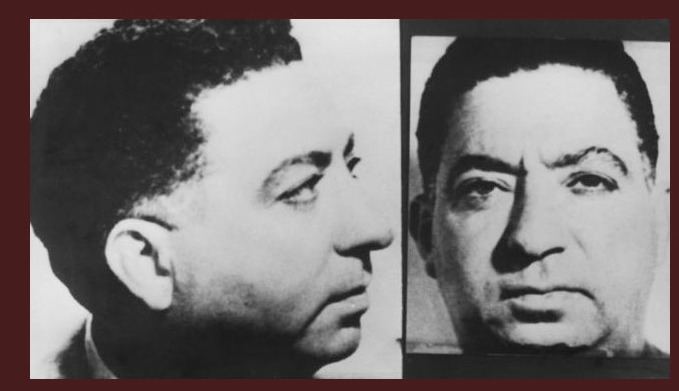 | ||
Cause of death Chronic heart failurePneumonia Died October 7, 1999, Krugersdorp, South Africa | ||
Dimitri tsafendas
Dimitri Tsafendas (Greek: Δημήτρης Τσαφέντας; 14 January 1918 – 7 October 1999) is known as the murderer of Prime Minister of South Africa Hendrik Verwoerd on 6 September 1966. Tsafendas, working as a parliamentary messenger, stabbed Verwoerd with a dagger during a parliamentary session.
Contents
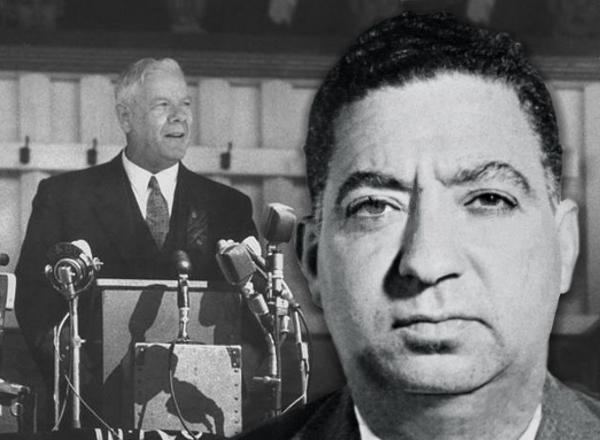
Early life
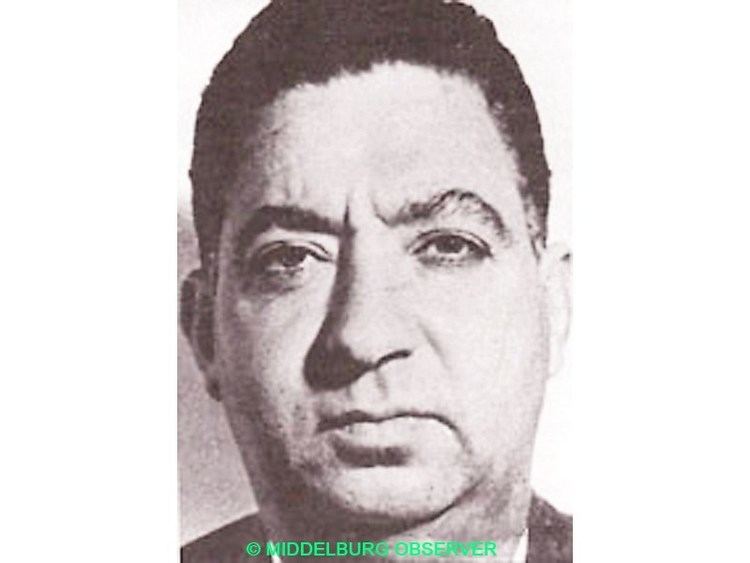
Tsafendas was born in Lourenço Marques (today's Maputo) to Michaelis Tsafendas (Μιχάλης Τσαφέντας, also spelled Miguel Tsafandakis, Μιχαήλ Τσαφεντάκης), a Chanian-Cretan (Χανιώτης-Κρητικός) Greek seaman from Chania, Crete, and Amelia Williams, a Mozambican mixed race woman. He was sent to Egypt after his first year to live with his grandmother. He returned to Mozambique five years later; then, at the age of ten, moved to Transvaal, where he attended Middleburg Primary School from 1928–1930. He then returned to Mozambique and attended a church school for the next two years.
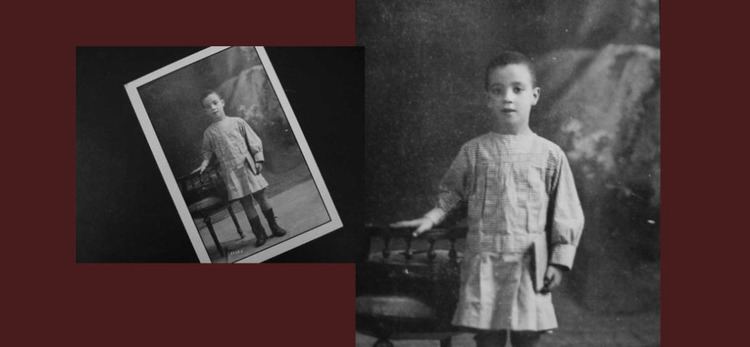
From age 16, Tsafendas worked at various jobs. He joined the South African Communist Party in the 1930s. He became a seaman in the merchant marine in 1941. He served aboard a US convoy ship after the outbreak of the Second World War, and spent the next 20 years travelling. He began to experience psychotic episodes that resulted in short periods of institutionalisation in various countries, including a 6-month detention on Ellis Island where he was diagnosed as schizophrenic.
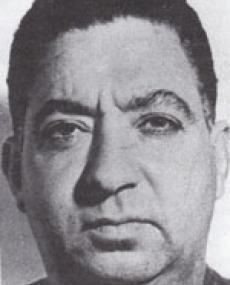
During his wanderings, he picked up 8 languages, and upon his return to South Africa, he worked for a time as a translator. Tsafendas was classified as White under the apartheid system's racial laws but he was shunned in the White South African society because of his dark skin, which he had inherited from his mixed-race Mozambican mother. However, because of his dark appearance, he faced taunts and ostracism from white South African society throughout his life.
He had become a baptised member of the Two by Twos sect while visiting Greece, and associated with its members after returning to South Africa on a temporary visa. Shortly before the assassination, Tsafendas applied for reclassification from "white" to "coloured" so that he could legally live with his mixed-race girlfriend, but his application was turned down.
The murder
In 1966, Tsafendas, at the age of forty-eight, obtained a temporary position as a parliamentary messenger. A month later on 6 September, Prime Minister Hendrik Verwoerd entered the House of Assembly and made his way to his seat. Tsafendas approached him, drew a concealed knife, and stabbed Dr. Verwoerd about four times in the torso before he could be pulled away by other members of parliament.
Tsafendas received non-life-threatening injuries during the attempt. Although the assassination was apparently deliberate, he had no plan for escape and was easily apprehended. He was taken into police custody, then moved to a hospital where he was interviewed. Later, he was returned to jail pending trial.
Aftermath and trial
Following the assassination, leaders in the anti-apartheid movement distanced themselves from any association with Tsafendas. He was also disowned by the Two by Twos church. Although there seemed to be no rational political motivation behind the deed, six days after the assassination, Tsafendas told the police that he had killed Verwoerd because he was "so disgusted with the racial policy". One source indicates that Tsafendas believed that Verwoerd "was helping blacks at the expense of whites."
At his trial, Judge Andries Beyers declared Tsafendas not guilty of murder by reason of insanity. He had been diagnosed as being schizophrenic and it was claimed by police and his defence that he had said that he had a giant tapeworm inside him, which spoke to him. The court ordered that he be detained "at the pleasure of the State President", which meant that only the State President (later President) had the authority to order his release. He was never discharged.
Tsafendas was at first given a cell on death row in Pretoria Central Prison, next to the room in which men were hanged, sometimes seven at a time. In 1986, he was transferred to Zonderwater Prison near Cullinan. In 1994, he was transferred again, this time to Sterkfontein psychiatric hospital outside Krugersdorp. In 1999, Liza Key was allowed to conduct two televised interviews with him, for a documentary called "A Question of Madness"; she put forward the suggestion that he may have been acting as part of a wider conspiracy.
Death
Tsafendas, at the age of 81, died of pneumonia in October 1999. At the time of his death, he was not regarded as a hero in anti-apartheid circles, which sent no members to attend his funeral. The funeral was held according to Greek Orthodox rites, and he was buried in an unmarked grave outside Sterkfontein Hospital. Fewer than ten people attended the service.
In popular culture
An award-winning play entitled Tsafendas by Anton Krueger was presented to South African audiences in 2002. A London production entitled I.D. was written by the noted Shakespearean actor Antony Sher, who lived in Cape Town at the time of the incident. I.D. premiered at the Almeida Theatre in London in 2003, followed by an American debut in 2005.
